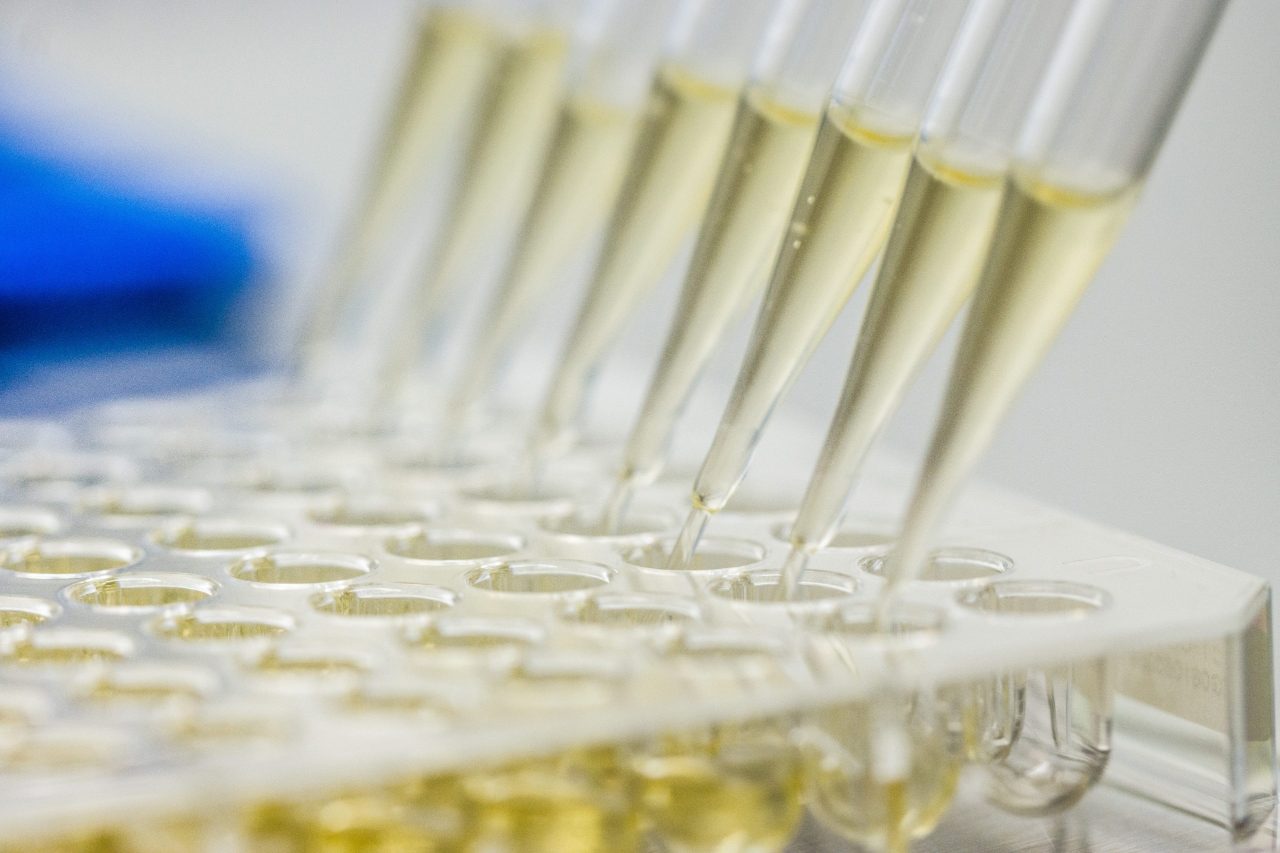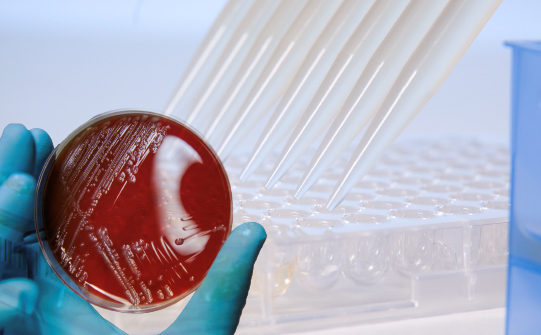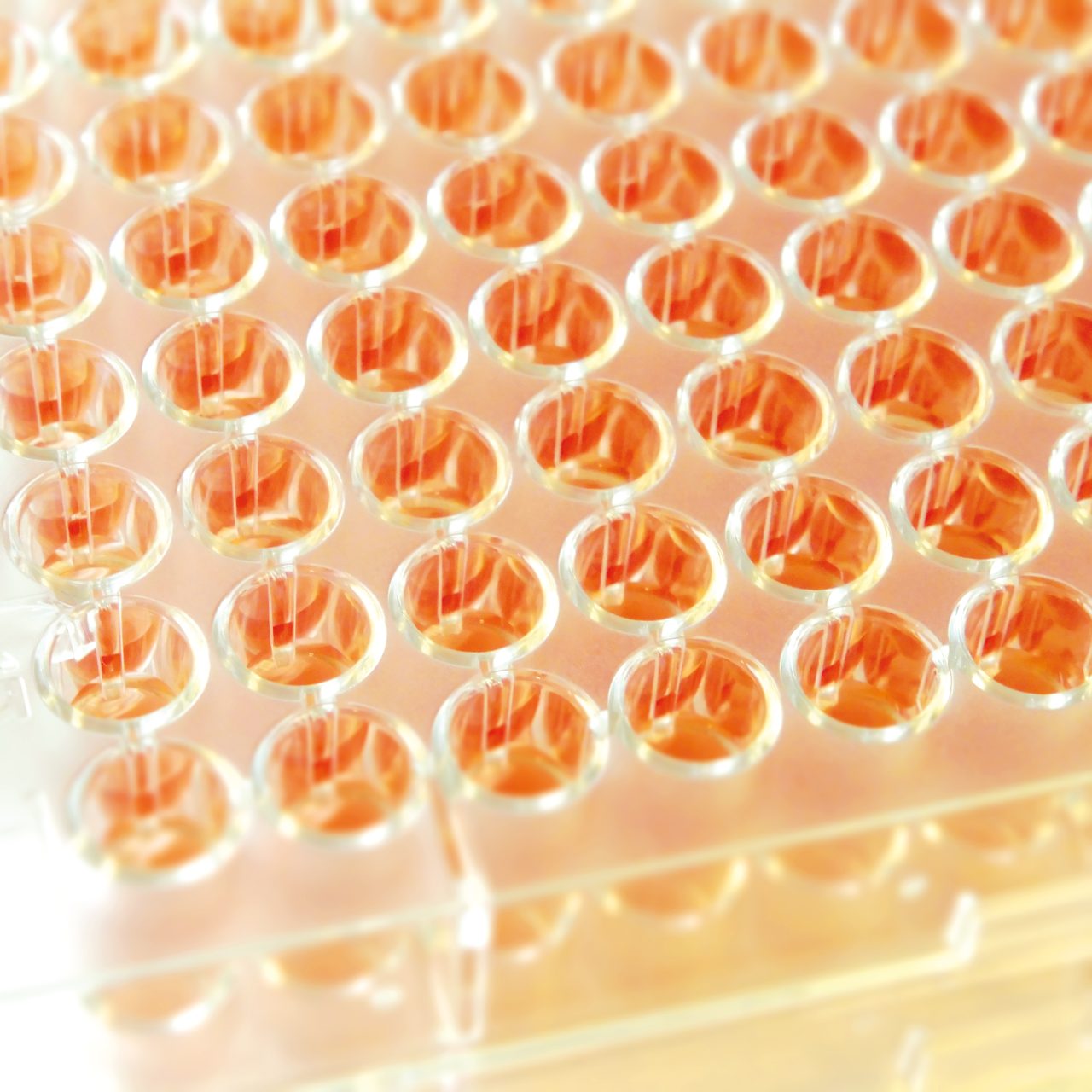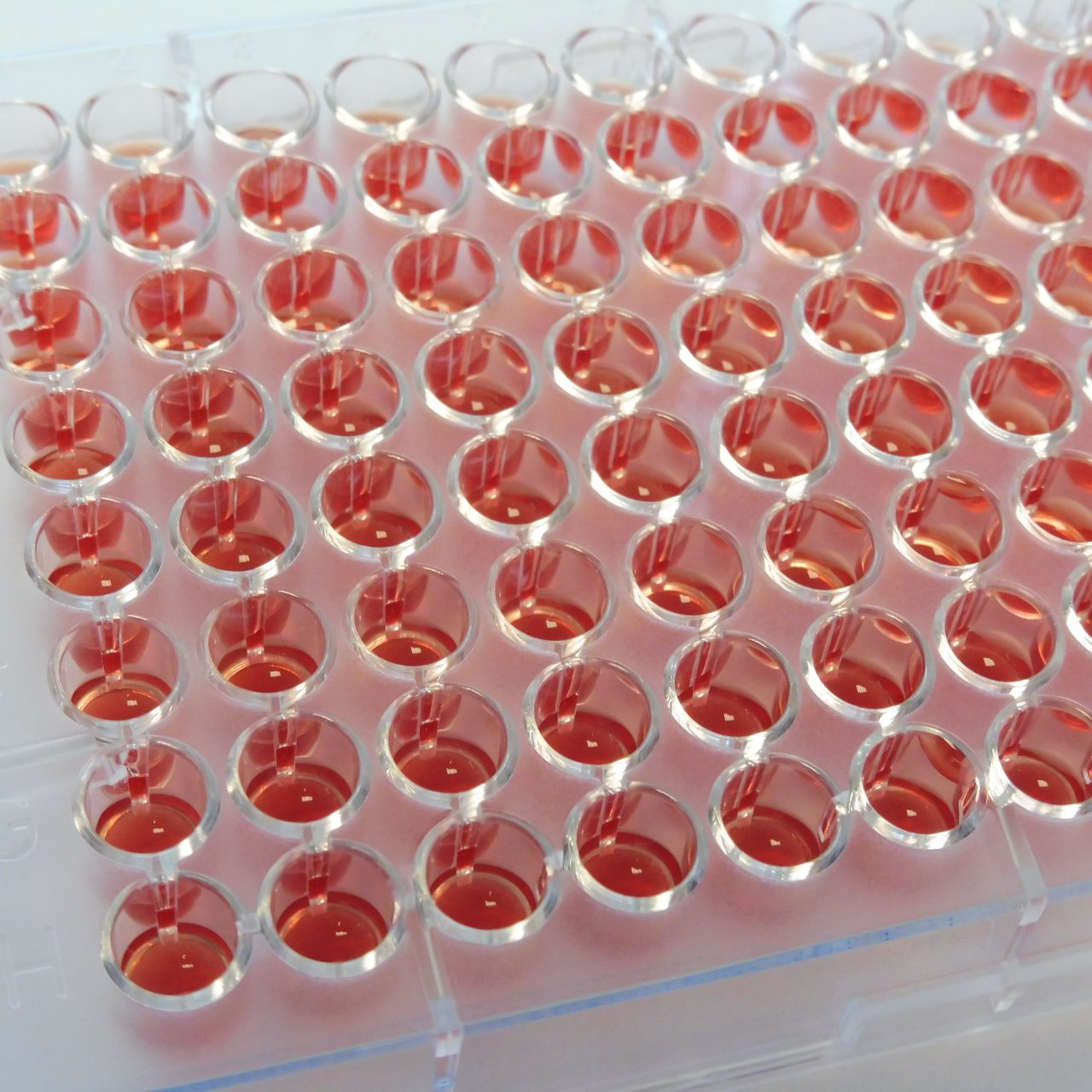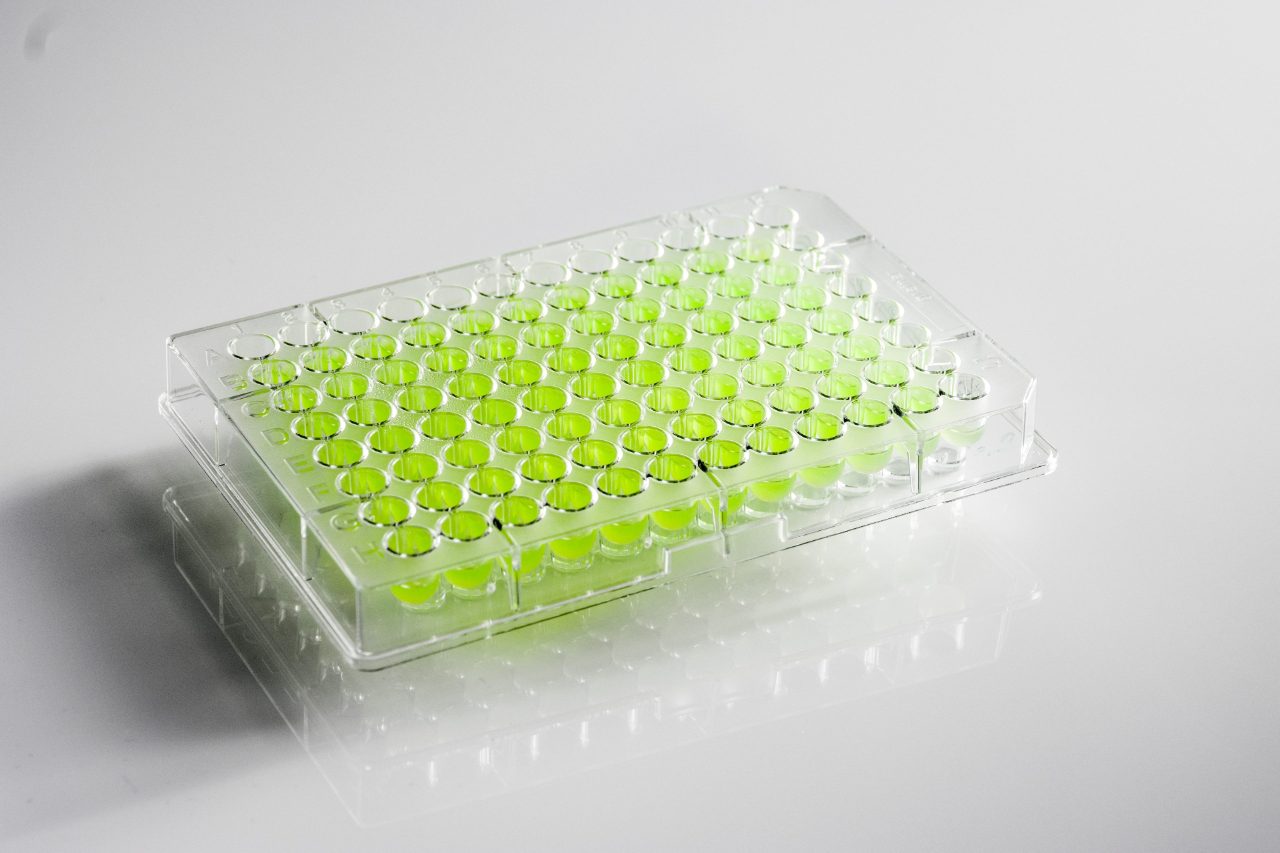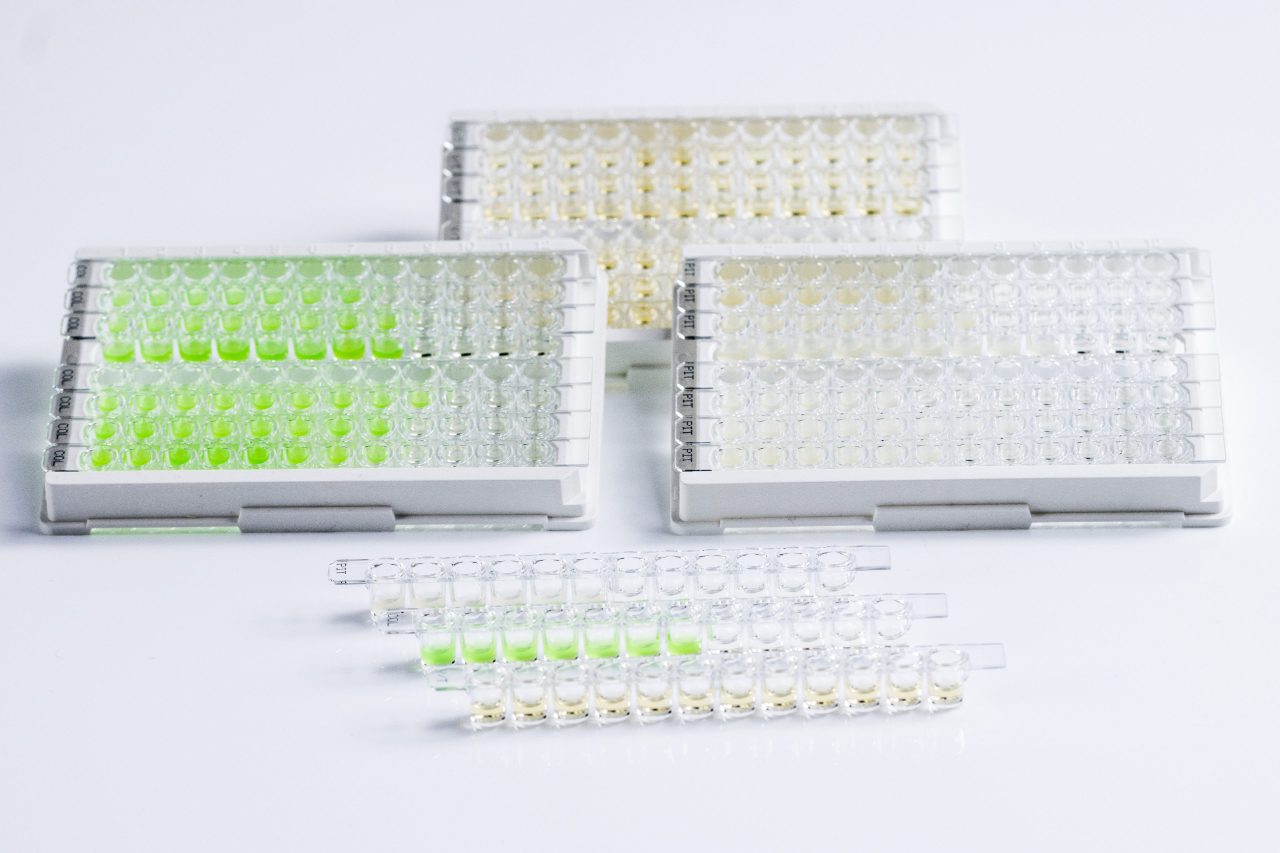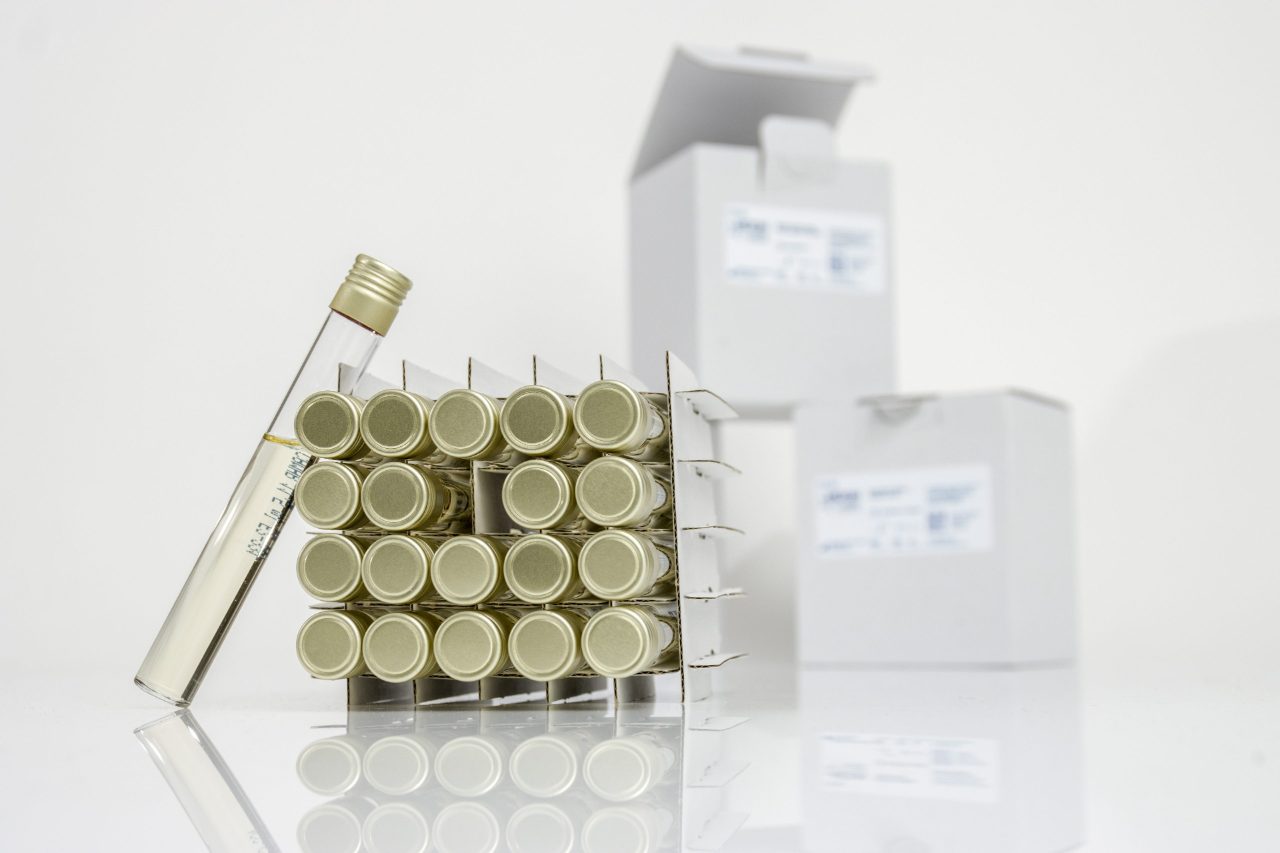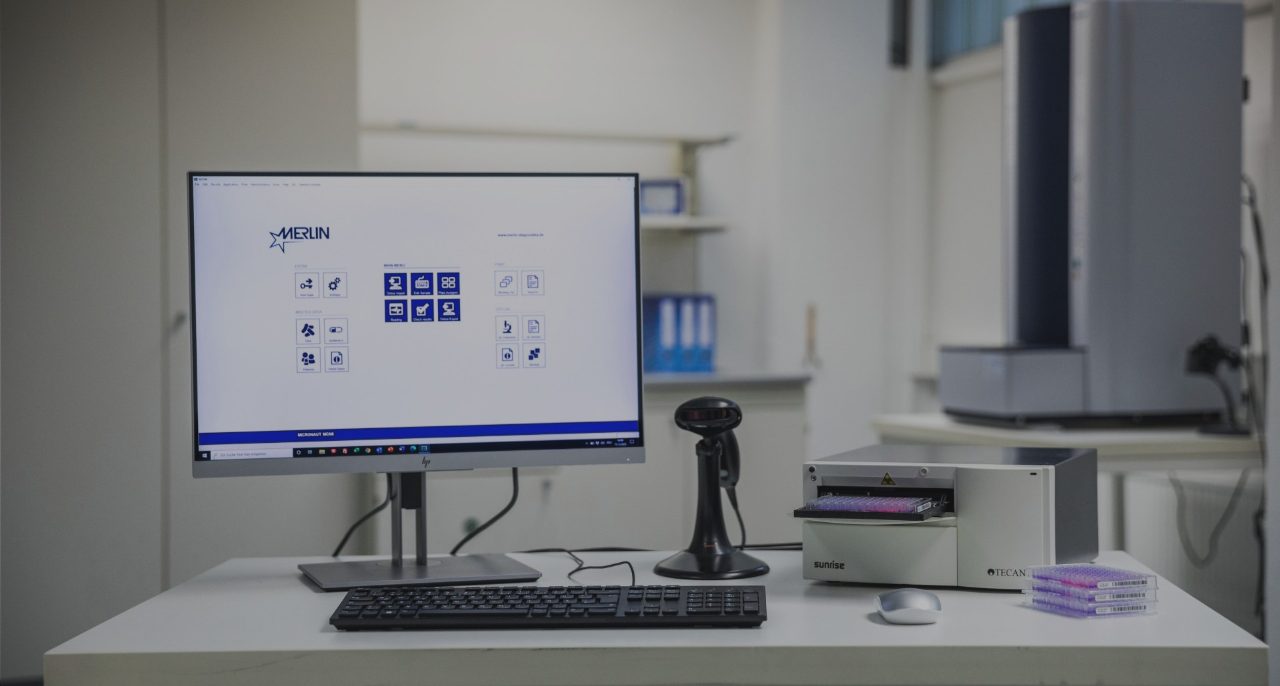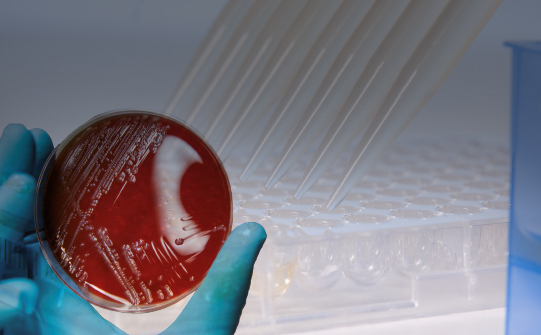

MICRONAUT-S MRSA/GP
Phenotypic resistance detection amongst gram-positive pathogens
In recent years there has been an increase in multi-drug resistance (MDR) amongst gram-positive pathogens. This has impacted both hospital and community acquired infections.
The MICRONAUT-S plates are designed to provide the routine laboratory with an efficient tool for phenotypic detection of the important resistance mechanisms among these bacteria. The MICRONAUT-S MRSA/GP also includes highly effective backup antibiotics: ceftaroline, daptomycin, linezolid, tigecycline, vancomycin, and teicoplanin.
Susceptibility Testing
The susceptibility testing is based on the rehydration of antibiotics by adding a standardized bacteria suspension (Mueller Hinton Broth, cation adjusted (CAMHB)). The result is measured photometrically after 18-24 hours incubation at 35-37°C. Results are measured and interpreted either with the MICRONAUT software or visually.
Due to a special vacuum drying method, the plates can be stored at a room temperature of 15-25°C. The MICRONAUT test plates have a shelf life of 24 months at date of production.
Antibiotic configuration for the detection of single or multi-resistances of gram-positive bacteria in nosocomial infections
The antibiotics configuration of the MICRONAUT-S MRSA/GP plate allows the specific detection of the clinically relevant single or multi-resistances of gram-positive bacteria in nosocomial infections.
The susceptibility testing with highly effective reserve antibiotics like ceftaroline offers the user alternatives in case of extreme multi-resistance. The MICRONAUT-S MRSA/GP offers the following features and benefits.
Susceptibility testing of Staphylococci
- Penicillin G MIC: detection of staphylococcal penicillinases
- Detection of MRSA resistance phenotype by MIC determination of oxacillin and cefoxitin
- Detection of oxacillin borderline resistance phenotype (BORSA) by detection of cefoxitin susceptibility
- Detection of the induced MLSB resistance by erythromycin/clindamycin combination test according to CLSI standard
- Testing of highly effective antibiotics like vancomycin, linezolid, tigecycline, daptomycin and ceftaroline as therapeutic options in case of extreme multi-resistance
- Test interpretation according to EUCAST and CLSI standard
Susceptibility testing of Enterococci
- Ampicillin MIC: detection of ampicillin resistance
- Detection of the phenotypic glycopeptide resistance pattern of vancomycin resistant Enterococci by determination of the MIC via teicoplanin and vancomycin
- Differentiation between Enterococcus faecium and Enterococcus faecalis by determination of the MIC via Synercid®
- Detection of HLAR strains through high-level-resistance testing via gentamicin and streptomycin
- Testing of highly effective antibiotics as therapeutic options in case of extreme multi-resistance
- Test interpretation according to EUCAST and CLSI standard
Susceptibility testing of Pneumococci
- Penicillin G MIC: detection of PBP changes
- Detection of cefotaxim resistance
- Detection of erythromycin resistance
- Detection of vancomycin resistance
- Moxifloxacin MIC: detection of group IV quinolones resistance
- Test of highly effective antibiotics as therapeutic options in case of extreme multi-resistance
- Test interpretation according to EUCAST and CLSI standard
Please contact your local representative for availability in your country.
Not for sale in the USA.
More information
As of January 2022, the Legal Manufacturer of all MICRONAUT products is Bruker Daltonics GmbH & Co. KG.
